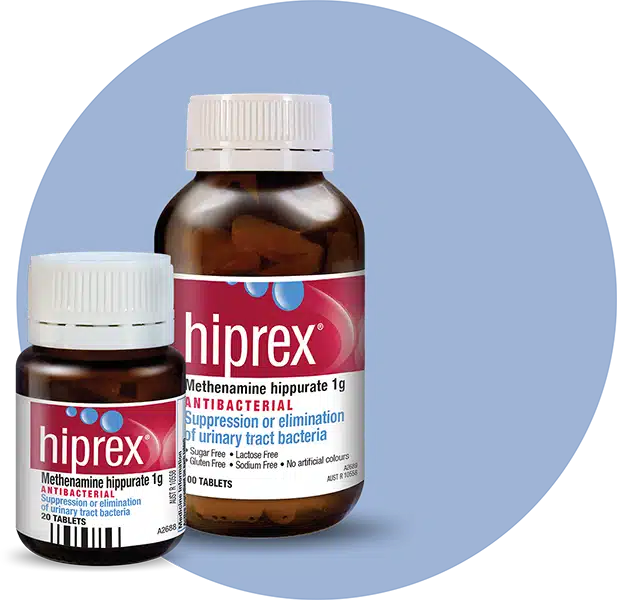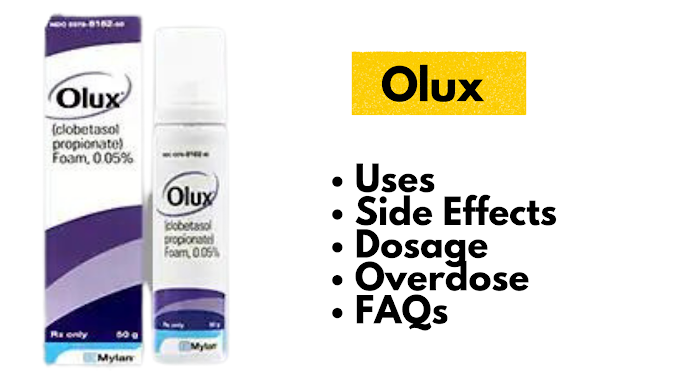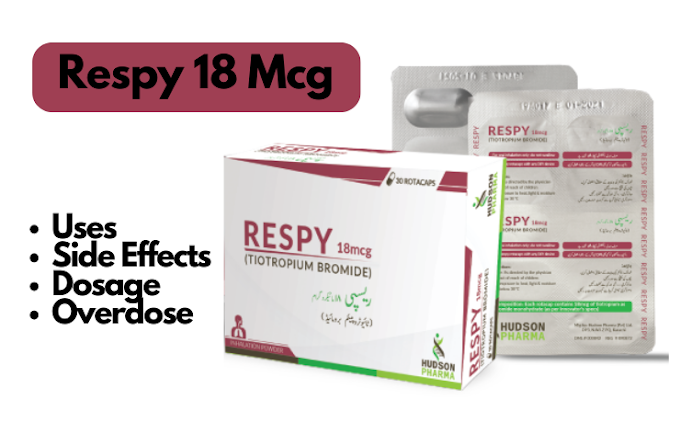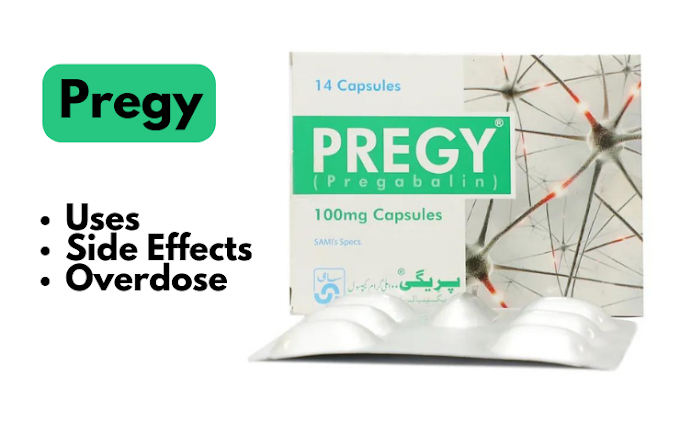Hiprex: Uses, Side Effects, Precautions, Dosage & Overdose
Hiprex Uses:
Utilizing methylamine, one can stop or manage recurrent urinary tract infections brought on by particular bacteria. A live infection is not treated with it. The infection must first be treated and cured with antibiotics. A medication called methylamine inhibits bacterial growth in urine. Additionally, this medication has a component that contributes to the acidification of the urine. Methenamine transforms into formaldehyde when the urine is acidic, killing the bacteria.Only bacterial infections of the urinary tract respond well to this medication. Other bacterial infections (like those in the blood) and viral infections (like the common cold or flu) won't be helped by it. Any antibacterial medication's effectiveness may be reduced by unnecessary use or abuse.
Hiprex Side Effects:
There may be stomach cramps, nausea, vomiting, diarrhea, and loss of appetite. Inform your doctor or pharmacist as soon as possible if any of these side effects persist or get worse. Methenamine may, though less frequently, cause painful or challenging urination.
Hiprex Precautions:
It is unlikely that prescribing HIPREX will benefit the patient and raises the danger of bacteria becoming resistant to the medication if done without a proven or highly suspected bacterial infection or a prophylactic indication.
When acid hydrolysis is used in the laboratory procedure, HIPREX taken during pregnancy can interfere with urine estriol tests, resulting in unmeasurably low values. Methenamine and/or formaldehyde are present in the urine, which is what is causing this interference. Acid hydrolysis will not solve this issue; enzymatic hydrolysis will.

- Maintaining an acid pH of the urine is important, especially when treating infections brought on by urea-splitting microorganisms like Proteus and some strains of Pseudomonas.
- In a few cases, while the patients were still taking HIPREX, the serum transaminase levels in one study were slightly raised during treatment before returning to normal. Due to this study, it is advised that patients taking the medication, especially those who have liver dysfunction, undergo routine liver function tests.
- Use in Pregnancy: The safety of using HIPREX during the first trimester of pregnancy is unknown. Safety in the third trimester is presumed but not proven. Studies on pregnant rats and rabbits showed no negative effects on the fetus.
- This product contains FD&C Yellow No. 5 (tartrazine), which in some susceptible people can result in allergic-like reactions, including bronchial asthma. Even though there is a low prevalence of FD&C Yellow No. 5 (tartrazine) sensitivity in the general population, patients who also have aspirin hypersensitivity frequently exhibit it.
Hiprex Dosage:
For adults and pediatric patients over the age of 12, take 1 tablet (1.0 g) twice daily (morning and night). Children aged 6 to 12 should take 1/2 to 1 tablet (0.5 to 1.0 g) twice daily (morning and night). Since HIPREX's antibacterial activity is increased in acid urine, it is preferable to limit alkalinizing foods and medications. Supplemental acidification of the urine should be implemented as needed, as determined by urinary pH and clinical response. Repeated urine cultures should be used to check on the treatment's effectiveness.
Hiprex Overdose:
Hiprex overdoses can result in painful/frequent urination, bloody/pink urine, and irritation of the bladder. If any of these symptoms apply to you, contact your doctor right away.






